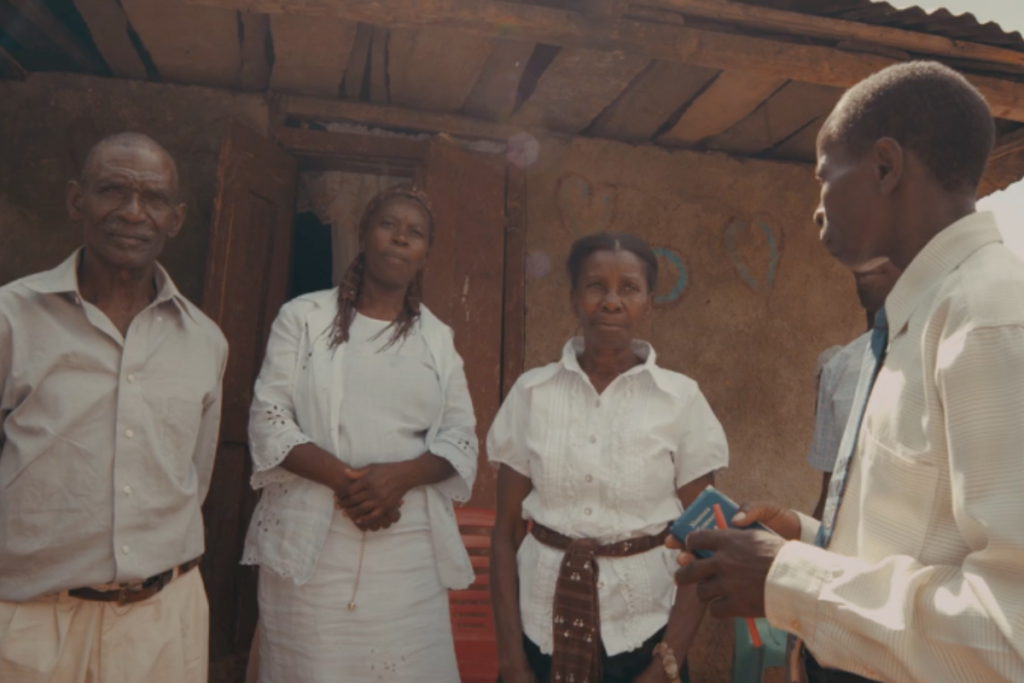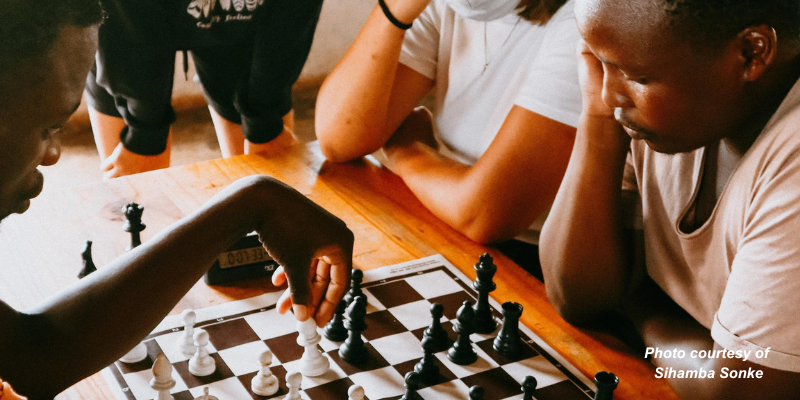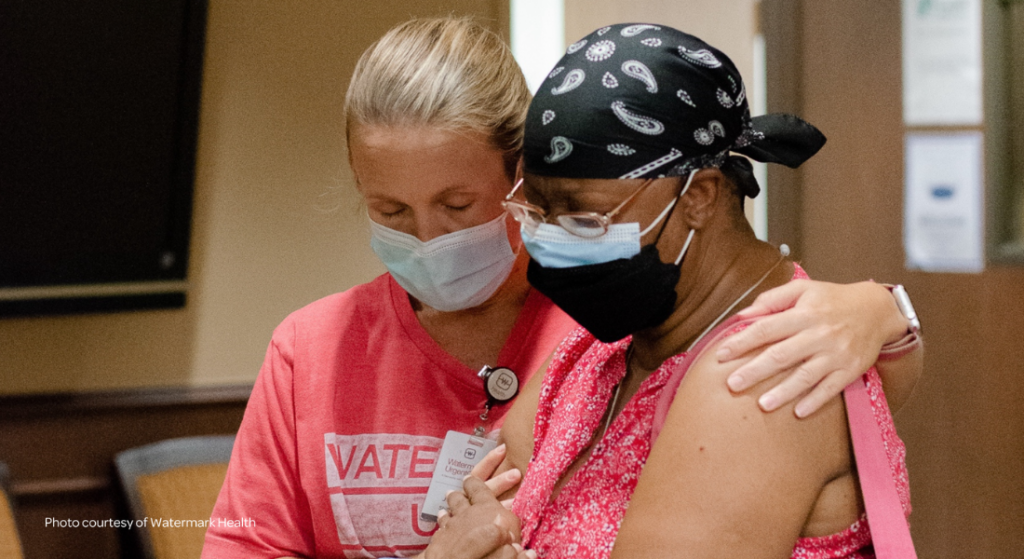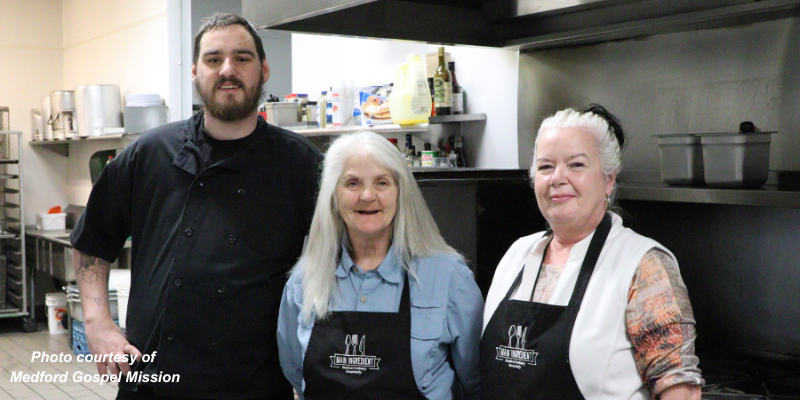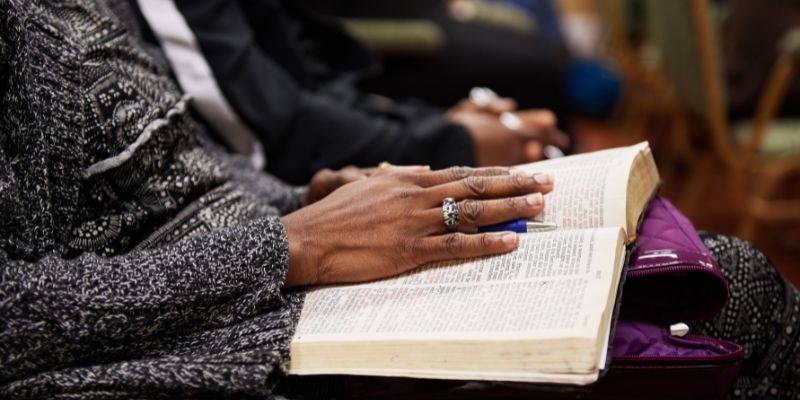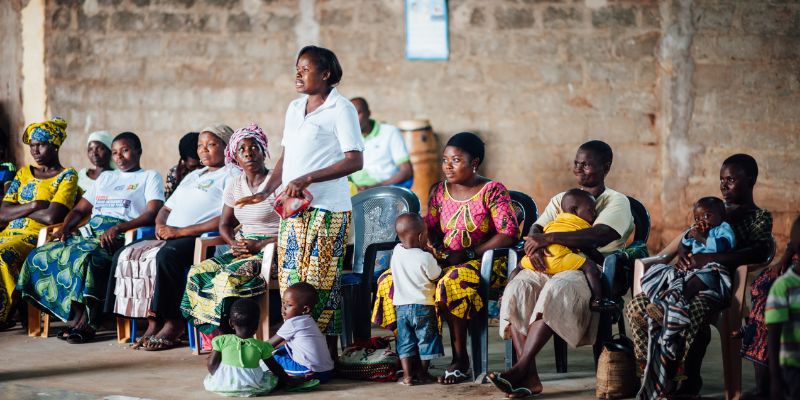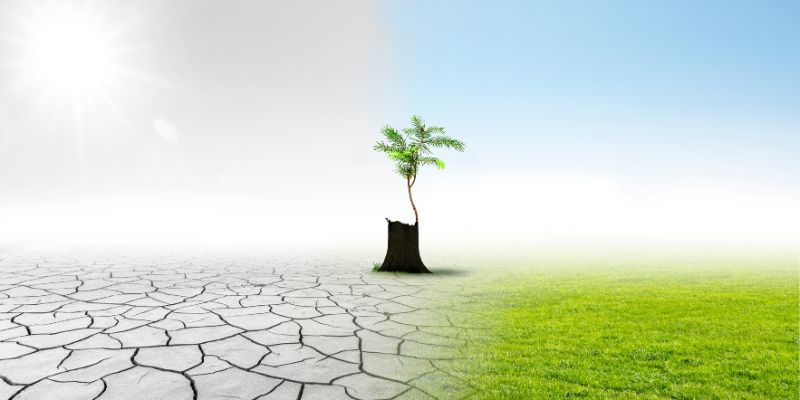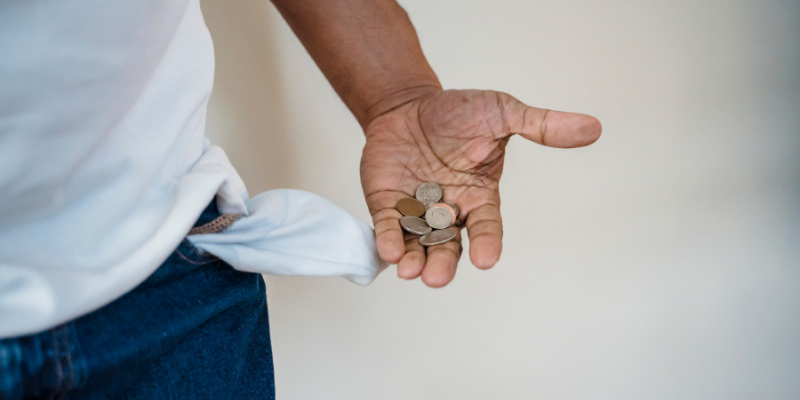Search
Categories
Tags
Posts in “Helping Without Hurting”
Before You Go: Defining Success in Short-Term Missions
As the summer season approaches, many church groups in the U.S. are preparing for short-term mission trips, whether inside or outside the country. They may be thinking through the details of their plans, making travel arrangements and packing lists and prayer sheets, and raising funds.
From Knowing To Doing: How Chalmers Ambassadors Are Helping Ministries Incorporate Helping Without Hurting Principles
Earlier this week Justin Lonas, Director of Foundational Products at the Chalmers Center, hosted a webinar with two of our Ambassadors and two ministries they recently served. During the conversation, Justin shared that the basic premise of the Ambassador program is discipleship. Our purpose in training and sending out Ambassadors is to support churches and organizations as they walk alongside and empower people in their community who are facing the challenges of material poverty.
Living within Your Limits: Building Partnerships for Ministry
As you begin working on launching or refining a church benevolence or other community development ministry plan, you’ll quickly discover you can’t do it alone. Your church or organization can’t provide everything that everyone is going to need on this journey, nor should it!
Helping without Hurting in Holiday Giving: Moving Beyond Handouts
As the holidays approach, many churches and nonprofits undertake large-scale food and resource drives, attempting to tap into the spirit of abundance and generosity that characterizes Thanksgiving and Christmas celebrations in North America.
Understanding Poverty: A Brokenness That Affects Us All
Have you ever stopped to ponder the question, “What does it mean to be poor?” If poverty is rooted in the brokenness of the four key relationships, then the answer becomes clear: we are all affected by poverty. Because of the comprehensive nature of the fall, every human being experiences a form of poverty, a lack of fulfillment in the four key relationships—with God, ourselves, others, and creation. We’re unable to be what we were created to be and miss out on the joy that God intended for these connections. We’re like “square pegs in a round hole,” not quite fitting because we were shaped for something else.
Implications of the Four Key Relationships
In a previous post, we explored the significance of the four key relationships human beings are created to enjoy—with God, self, others, and creation. These relationships shed light on the complexity of human beings and help us unlock pathways toward effective poverty alleviation.
Restored Ministries Restore People: The Story of Medford Gospel Mission
Fourteen years ago, when Jason Bull accepted a position as an Associate Director of Medford Gospel Mission, he realized he needed to learn how to faithfully operate a nonprofit ministry. He remembers, “I didn’t know anything about nonprofit management or working with a board of directors. I had to educate myself!” He began reading various books to sharpen his ability to lead the organization and to faithfully serve the homeless community of Medford, Oregon.
Doing Benevolence Ministry in Your Unique Context
In our Helping without Hurting in Benevolence Ministry training, we share principles and tools to help you build a ministry that leads to real change. But there isn’t a one-size-fits-all solution for every church. In order to create a benevolence program that works for your specific church context, you may need to make adjustments to fit your church’s specific capacity.
Helping End the Orphanage Era
“30,000 Haitian kids live in private orphanages. Officials want to shutter them and reunite families.” This was the headline of an Associated Press article published this summer in over 600 media outlets around the U.S.. It shares how Haiti’s orphanages and children’s homes have long served as a band-aid to more complex problems, such as extreme poverty and lack of access to quality education.
Investing in Change: Helping that Helps
Poverty is a complex issue affecting billions of people around the world. In 2023, the World Bank estimated 3.6 billion people worldwide were living on less than $6.85 per day and over 650 million were living in extreme poverty on less than $2.15 per day 1 If God’s people want to follow the heart of our gracious and compassionate God and take seriously His commands to care for those in poverty (Ex. 23:6, 11; Lev. 19:10, 23:10, 25:35-39; Deut. 15:4-7; Gal. 2:10; James 2:1-7; etc.), we should not let staggering numbers like this pass us by.
Why Poverty Is More than a Lack of Material Resources
Adapted from When Helping Hurts: How to Alleviate Poverty Without Hurting the Poor…and Ourselves.
Defining poverty is not simply an academic exercise. The ways we define poverty—either implicitly or explicitly—play a major role in determining the solutions we use in our attempts to alleviate that poverty.
Going Beyond the Four Walls of the Church: The Impact of Community Ministry
Local churches often make a significant mistake when it comes to helping those in poverty. They sometimes create divisions in their efforts that aren’t really necessary, according to Scripture. When we split up the act of spreading the message of God’s transformative power (evangelism) and the act of serving others or providing practical life skills (service or technical programming), we give the wrong impression that the world is fragmented. We make it seem like God’s work is separate from helping people in need.
Helping People Experience Financial Stability
As the Director of Programs for Restoration House in the Knoxville area, Lori Haskell has years of experience working with single moms who find themselves in difficult circumstances, especially when it comes to finances. They want to be financially self-sufficient but often lack the training and support they need to get there.
Mutual Transformation in God’s Family
People are not projects. Please listen to these words and take them to heart. All human beings are made in the image of the living God. This means we are never merely projects defined by our economic statuses, our material possessions, or our vocations, graded on some scale of how well we are doing at life. Rather, we are equal in worth and in dignity, and this is true across race, nationality, age, culture, and gender, etc. In the same way, the church is full of beautiful, broken people gathering together to embrace Jesus’ love and to extend benevolence to all people. Doing benevolence well is an act of love in itself.
God Is At Work—Even In Our Mistakes
The work of creating a benevolence ministry that provides material assistance to those in need without creating or perpetuating unhealthy dependencies is challenging. It’s important for churches and ministries pursuing this work to come from a position of humility. Approaching church benevolence with the right posture should drive us to the cross, as it creates the opportunity for us to see our own sin and our own inadequacy. We cannot independently generate change in systems, people, and communities, but that does not hinder the work of the Holy Spirit.
Map Your Community
When local churches try to engage in ministry that allows their members to be more present in the community around them—outreach, evangelism, or mercy and benevolence work—they often recognize that connecting with others is much more complex than they expect. Leaders and volunteers can end up feeling disconnected from the more natural pathways to connection and relationship-building that seem to work in other areas of their lives.


